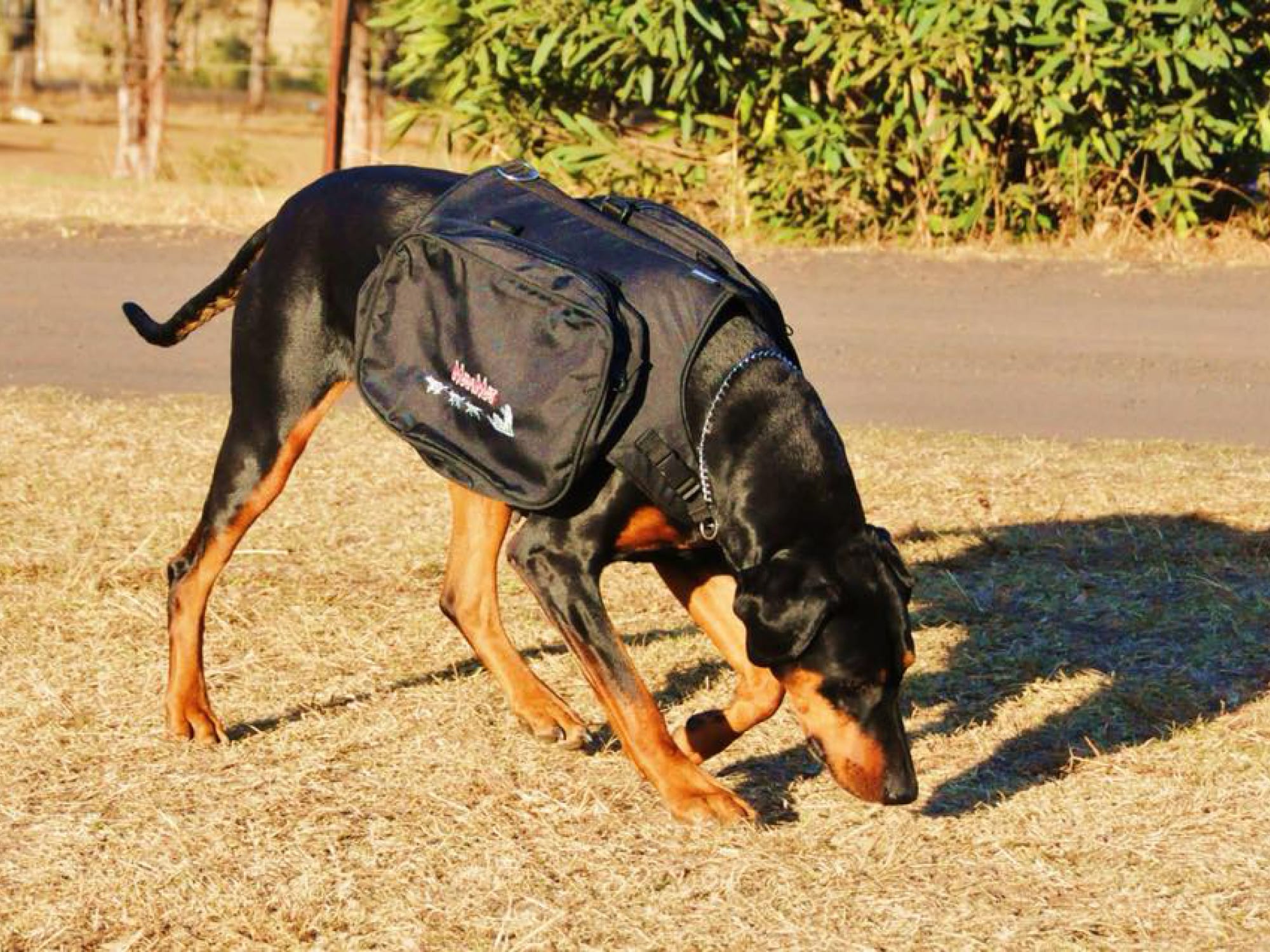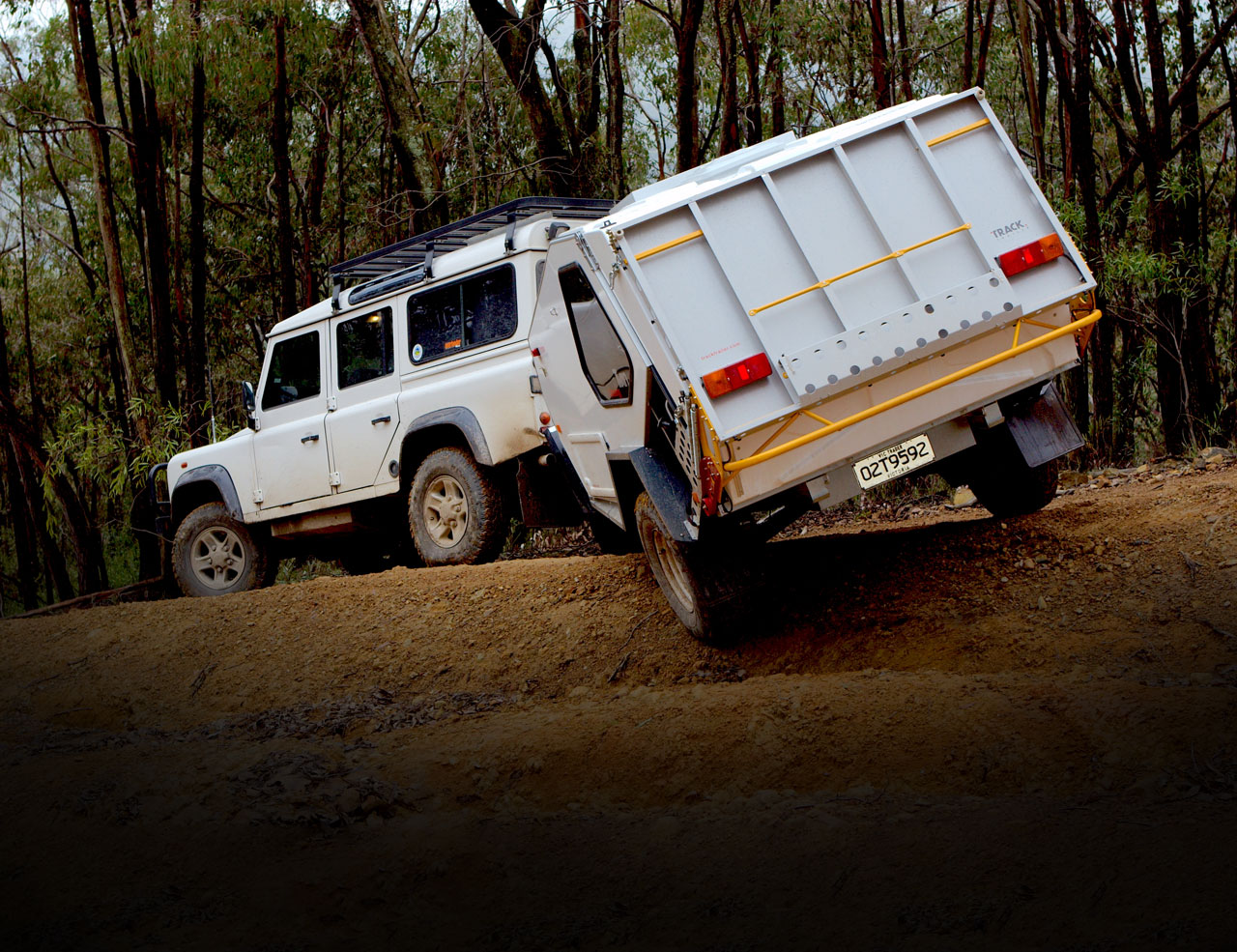The tips, tricks and lessons learned from years of pet-friendly 4WD touring and camping.
Imagine having a four-legged pal that’ll fetch you a nice cold beer, or help collect some kindling for the fire. Maybe she’ll run the winch cable up that big bloody hill when you can’t be stuffed. Well, that’s my idea of a real camp dog, and that’s the sort of stuff I’ve managed to teach my old girl Zara over the past seven years or so. Yep, from the southerly depths of Tassie’s wicked west coast to the northern delights of far North Queensland’s Cape York Peninsula, we really have shared some crazy adventures. As you can imagine, we learnt a few hard-earned lessons along the way, too. So here are a few tips to help make your next dog-friendly camping adventure a little easier.
Nailing the basics
Let’s kick this shindig off by saying a good camp dog needs bullet-proof basic training. Yep, fundamental commands like ‘come’, ‘sit’, ‘lie down’ and ‘stay’ are super important on the road. More importantly, your pooch should listen to these instructions 100% of the time, especially if there are distractions around. For example, the ‘stay’ or ‘come’ commands are only really useful if the dog will do it in real world camping scenarios, like if there’s ever a mob of kangaroos bouncing around your site like big bouncy balls! Get where I’m going with this?

Sleeping quarters
Where will the dog sleep? Well, this will require a little thought. Now, you could just leave them on a lead tied up out the front, but trust me, you’ll get a much better sleep knowing they’re nice and safe from snakes, wild dogs and any other dangers of the night. I’ve always found a dog cage on the back of my ute works best for me. My girl, Zara, will often stay in the camper too, but she has a nasty habit of rolling in anything stinky, so I wouldn’t be relying on that.
While some say locking them in the car can be a good option, it’s not much use if it’s too hot, their toilet training is questionable, or if they’re destructive. For little dogs in caravan parks, an enclosed crate is a good option; it offers more protection from big dogs that come into camp unexpectedly.
The handiest camp command ever! “Leave it!” Yep, that’s the one command that could quite literally save your dog’s life if they listen well enough. Think about it: if your dog is just about to pick up a wild dog bait or give a poisonous snake a little sniff up the you-know-what, a dog that understands the “leave it alone” command could save itself a world of hurt.

Hidden hazards
Wild dog baits
These little nasties can be devastating to the family pet. There’s usually warning signs around, but wildlife have a habit of moving the baits out of designated areas, so they could be found anywhere.
Poisonous snakes
As you can imagine, poisonous snakes are another nasty of the Aussie bush. The best advice I can give here is to try and stick to open spaces where there’s plenty of visibility.
Dingoes and wild/feral dogs
Wild dog numbers are on the rise, and there have been numerous cases of domestic dogs being attacked by them too. To avoid attracting them into camp, make sure there are no food scraps left around and avoid travelling when your female dog (bitch) is on heat.
Ticks
These little blood suckers like to hide under the fur and suck the blood out while injecting poison. If left undetected it can be potentially fatal. Inspecting your dog for ticks at the end of the day can be a life-saver, paying particular attention to the armpits and around the ears.
Kangaroos
A good-sized kangaroo can bust a dog wide-open quicker than you can blame the Mrs for that suspicious smell in aisle 8 at the supermarket. They can grab and hold the dog up by the neck as they kick at the soft skin on the stomach, which usually tears it open.
Finding dog-friendly campsites
Man’s best friend isn’t always welcome these days, especially in built-up areas. In my experience, privately-owned campsites are usually the most accommodating. Think farm or station stays and 4X4 parks, which can be sourced online. Failing that, I usually look for Crown Land, State Forests or dog-friendly Travelling Stock Routes (TSRs) in the area I want to camp in. Crown Land can be located via the data.gov.au website.
Five top tips
1. When it comes to tying your dog up, use a bit of light chain instead of rope or cable. It doesn’t tangle up as much.
2. Don’t change your dog’s diet on the road. Chances are they’re already a little edgy, and diet changes can bring on an upset tummy – not good if they’re in your tent, trust me!
3. Opt for a canvas dog bed cover. It helps keep condensation and moisture out of the foam inside.
4. Dogs get over long hours on the road too. Make sure you stop every few hours and let them stretch their legs. A tired dog is a happy dog.
5. Don’t be that guy – if your dog makes a mess, clean it up. A few spare plastic bags is all it takes.
Parting thoughts
At the end of the day, camping with the family dog isn’t all that hard. But it does require a little bit of prior thought and preparation. Put the time in to train them properly and you’ll have a four-legged pal that’ll be as happy as a pig in a mashed up bog hole! It’s as simple as that!
Words and Images by Michael Borg











